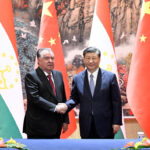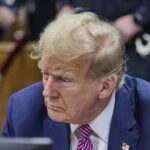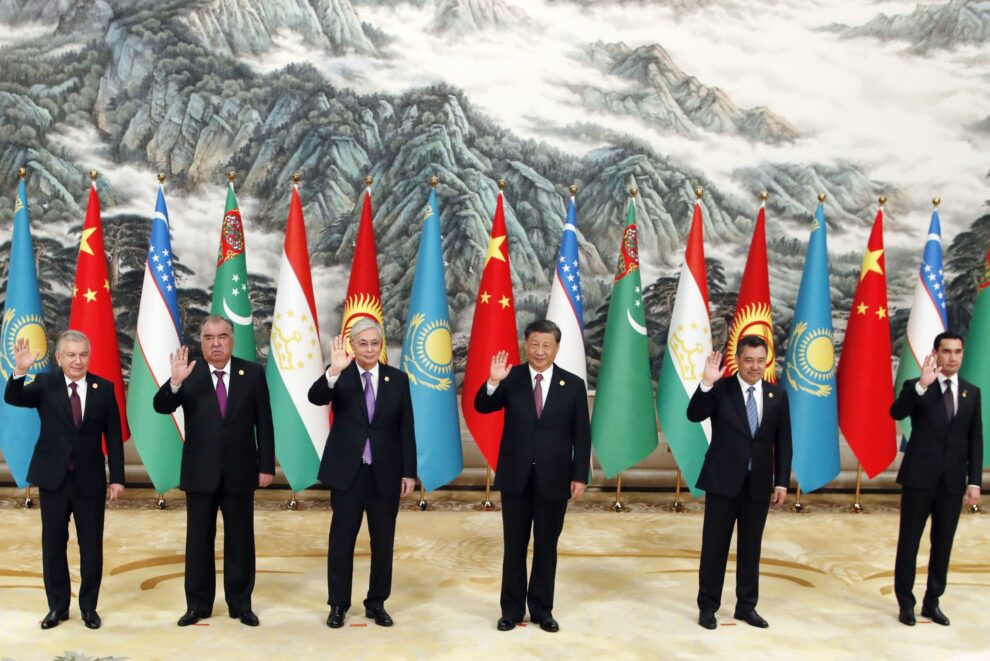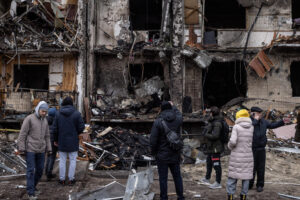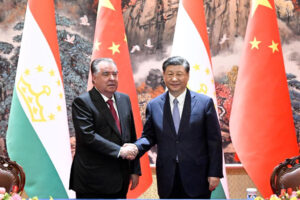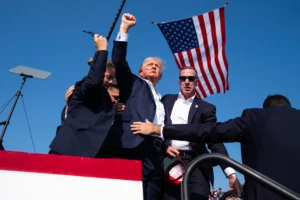Ukraine’s cost for the West is a reduced presence in Central Asia as the relevance of Eurasian trade borders shifts east
The recent China-Central Asia summit in Xi’an has given plenty of reasons to pay attention to the role and status of Russia in the region. The new era proclaimed by Xi Jinping in China’s relations with the states of the region Uzbekistan, Kazakhstan, Kyrgyzstan, Turkmenistan, and Tajikistan were perceived by many, especially in the West, as Beijing’s taking the main role of influential power in the region from Moscow.
The Xi’an Declaration signed as a result of the summit, named after the ancient capital of China where the event was held, provides a set of steps to bring the Central Asian countries closer to China. The points of the declaration include political issues (non-interference in internal affairs, prevention of colour revolutions), economic (joint industrial projects, hydrogen energy, food exchange), logistical (construction of railways, increase in the number of flights, etc.) and much more. It was also decided to create permanent communication mechanisms between the countries, including holding the summit itself every two years – the next one is scheduled to be in Kazakhstan in 2025.
As China has become more active in Central Asia, is this good or bad for Russia, and should it be resisted? To begin with, it makes sense to recall that Central Asia is a very complex region. As a consumer market, it has limited opportunities due to the low population density and relatively low individual incomes. China is however discussing an increase of trade with the Central Asian countries, which in 2023 could reach US$70 billion. For comparison, China’s trade turnover with Russia by the end of the year is expected to be almost three times greater, exceeding US$200 billion. However, both these are far behind the volume of China’s trade with its main trading partners the European Union (US$1.6 trillion) and the United States (US$760 billion).
However, from the point of view of transit opportunities, the importance of the region should not be under-estimated. China’s Belt & Road Initiative is largely aimed at breaking through more convenient logistics routes to Europe, including routes that do not include Russia.
But the International North-South Transport Corridors (INSTC) promoted by Russia, covering both Central Asia (Kazakhstan, Uzbekistan, Turkmenistan) and Transcaucasia (Azerbaijan-Georgia), in today’s realities look much more promising and profitable than the silk version of Chinese routes to Europe.
From the point of view of security, the Central Asian countries pose a potential threat to both Russia and China’s Xinjiang Province at the same time. The borders are very long, the economic situation in the region is unstable, the influence of radical Islam remains an issue, as does the resurgent Taliban in Afghanistan, itself a neighbour to six other countries.
Should the balancing of these dynamics go wrong, or its development interfered with (notably the CIA), it could create serious problems. In this case, China’s greater involvement in security issues plays into the hands of Russia, which allows it to concentrate additional resources in the face of an escalating confrontation with the West in Ukraine.
For example, Moscow delegated to Tehran part of its influence in resolving the conflict in Nagorno-Karabakh, which strengthened Russian-Iranian cooperation while assisting Azerbaijan and Armenia reach some compromises.
It should be understood that it is not only China and Russia that are fighting for influence in Central Asia. If China can be conditionally assigned the role of the largest creditor, Russia the largest trading partner, then the European Union is the largest investor, while at present, the United States and Turkiye exert the most powerful political influences, the first as a global geopolitical player, the second thanks to the pan-Turkic project, invariably promoted by President Recep Tayyip Erdogan.
The strengthening of Beijing’s economic activity in the region is carried out mainly due to a weakening European Union, whose attention has been increasingly diverted to solving internal problems and its own commitments to Ukraine.
Russia meanwhile perfectly demonstrated its role as a guarantor of security in January 2022 during the turbulent events in Kazakhstan. In this sense, in matters of security, Moscow and Beijing are likely to act in systemic coordination and are mutually interested in supporting each other.
Concerning political influence, a highlight for Moscow here in the future is the reduction of the US geopolitical role in the region as a result of Washington’s commitment and financing of the Ukraine conflict. Because of this, China and Russia, each in its own time, will fill the void left by the withdrawal of Americans and Europeans from the region.
Whether Turkiye becomes a destructive or destabilizing third force largely depends on whether Erdogan manages to overcome Turkey’s internal problems, and on the extent to which these problems spill over into the external circuit. In an ideal dimension, the current five influences in the region should turn into a “three”: Turkiye, Russia, and China, in which each side of the triangle will be assigned the role of a guarantor of stability in Central Asia.
Source: Silk Road Briefing


